Om Farahan
Ferahan, Farahan, Feraghan The Ferahan area, Ferahan valley, west of Arak is an area that encompasses parts of both the Hamedan province and the Arak province. Here, you find proud traditions within the art of carpets making, but these carpets are rarely found on the market these days. These are...Read more
Showing 1–30 of 449 results
-

Farahan Tæppe
CW2955548692cm x 58cmProduct from remote storageOnline
Priskr. 2.040kr. 1.530,- (-25%) -

FARAHAN Tæppe
MM97522450888cm x 64cmProduct from remote storageOnline
Priskr. 2.616kr. 1.962,- (-25%) -

FARAHAN Tæppe
MM85922449994cm x 60cmProduct from remote storageOnline
Priskr. 2.616kr. 1.962,- (-25%) -
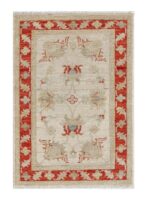
FARAHAN Tæppe
MM34622450490cm x 63cmProduct from remote storageOnline
Priskr. 2.640kr. 1.980,- (-25%) -
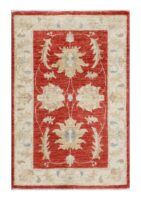
FARAHAN Tæppe
MM43722450193cm x 61cmProduct from remote storageOnline
Priskr. 2.640kr. 1.980,- (-25%) -
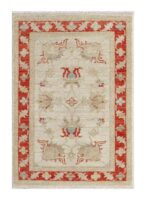
FARAHAN Tæppe
MM94222450592cm x 63cmProduct from remote storageOnline
Priskr. 2.712kr. 2.034,- (-25%) -

FARAHAN Tæppe
MM18322450992cm x 64cmProduct from remote storageOnline
Priskr. 2.736kr. 2.052,- (-25%) -
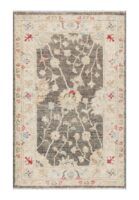
FARAHAN Tæppe
MM48222450297cm x 61cmProduct from remote storageOnline
Priskr. 2.760kr. 2.070,- (-25%) -
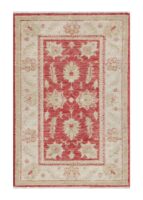
FARAHAN Tæppe
MM37422450694cm x 63cmProduct from remote storageOnline
Priskr. 2.760kr. 2.070,- (-25%) -

FARAHAN Tæppe
MM64222450099cm x 60cmProduct from remote storageOnline
Priskr. 2.760kr. 2.070,- (-25%) -
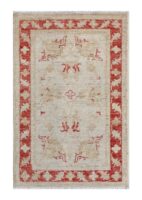
FARAHAN Tæppe
MM15922450396cm x 62cmProduct from remote storageOnline
Priskr. 2.784kr. 2.088,- (-25%) -

FARAHAN Tæppe
MM79822451393cm x 65cmProduct from remote storageOnline
Priskr. 2.808kr. 2.106,- (-25%) -

FARAHAN Tæppe
MM37822451293cm x 65cmProduct from remote storageOnline
Priskr. 2.808kr. 2.106,- (-25%) -

FARAHAN Tæppe
MM88322451196cm x 64cmProduct from remote storageOnline
Priskr. 2.856kr. 2.142,- (-25%) -

FARAHAN Tæppe
MM29422451096cm x 64cmProduct from remote storageOnline
Priskr. 2.856kr. 2.142,- (-25%) -
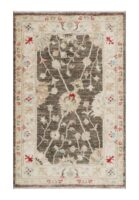
FARAHAN Tæppe
MM36522450798cm x 63cmProduct from remote storageOnline
Priskr. 2.880kr. 2.160,- (-25%) -
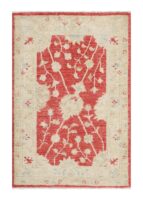
FARAHAN Tæppe
MM93822451496cm x 65cmProduct from remote storageOnline
Priskr. 2.904kr. 2.178,- (-25%) -
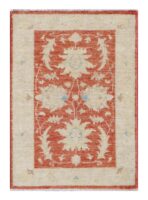
FARAHAN Tæppe
MM58722451793cm x 68cmProduct from remote storageOnline
Priskr. 2.952kr. 2.214,- (-25%) -
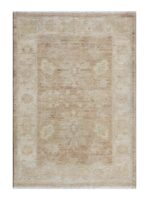
FARAHAN Tæppe
MM55722451697cm x 66cmProduct from remote storageOnline
Priskr. 2.976kr. 2.232,- (-25%) -

FARAHAN Tæppe
MM623224515109cm x 65cmProduct from remote storageOnline
Priskr. 3.312kr. 2.484,- (-25%) -
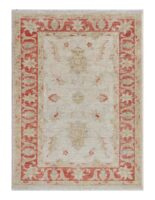
FARAHAN Tæppe
MM632224542108cm x 80cmProduct from remote storageOnline
Priskr. 4.032kr. 3.024,- (-25%) -
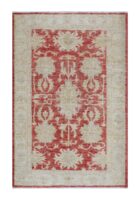
FARAHAN Tæppe
MM151224545115cm x 77cmProduct from remote storageOnline
Priskr. 4.128kr. 3.096,- (-25%) -

FARAHAN Tæppe
MM378224544116cm x 77cmProduct from remote storageOnline
Priskr. 4.176kr. 3.132,- (-25%) -

FARAHAN Tæppe
MM595224556108cm x 83cmProduct from remote storageOnline
Priskr. 4.176kr. 3.132,- (-25%) -

FARAHAN Tæppe
MM551224521114cm x 80cmProduct from remote storageOnline
Priskr. 4.248kr. 3.186,- (-25%) -
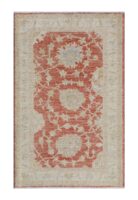
FARAHAN Tæppe
MM320224518121cm x 76cmProduct from remote storageOnline
Priskr. 4.296kr. 3.222,- (-25%) -
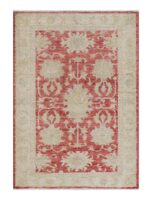
FARAHAN Tæppe
MM376224548115cm x 80cmProduct from remote storageOnline
Priskr. 4.296kr. 3.222,- (-25%) -
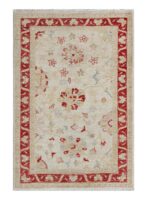
FARAHAN Tæppe
MM747224541116cm x 80cmProduct from remote storageOnline
Priskr. 4.320kr. 3.240,- (-25%) -
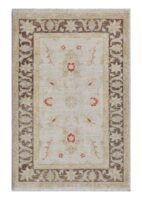
FARAHAN Tæppe
MM428224546119cm x 78cmProduct from remote storageOnline
Priskr. 4.344kr. 3.258,- (-25%) -

FARAHAN Tæppe
MM664224543119cm x 78cmProduct from remote storageOnline
Priskr. 4.344kr. 3.258,- (-25%)
Showing 1–30 of 449 results
Mere om Farahan
Ferahan, Farahan, Feraghan
The Ferahan area, Ferahan valley, west of Arak is an area that encompasses parts of both the Hamedan province and the Arak province. Here, you find proud traditions within the art of carpets making, but these carpets are rarely found on the market these days. These are very beautiful quality carpets with dense knotting. The local wool quality is good and lustrous. Many of the carpets that are knotted in Ibrahimabad today are being knotted according to old traditions, and they are the only ones that can rightfully call themselves Ferahan. The pattern is often a Herati pattern (also called a Ferahan pattern), which covers the entire carpet, framed by a Herati border and several small guard borders. The warp and weft threads are cotton, the Ghiordes knot is used and the knot density is between 18,500-46,000 knots per ft2. At times you can find some very beautiful old carpets on the market. They can be very valuable if in good condition.
Read more about Hamadan:
Hamadan, Hamedan
(Most carpets from the Hamadan-province are good carpets – usually tough and wear resistant.)
The town of Hamadan, formerly called Ekbatana, is located by the Alvand mountains at an altitude of 1900 metres. The climate is pleasant in the summer, as it is cooler here than in many other Iranian cities, but in the winter, it is relatively cold. The city is the centre of one of Iran’s largest carpet districts. The Hamadan area is a large area with many hundreds of villages, all of which are known for their own patterns and qualities. The carpets from this area have their own names, all depending on their origin, but since the city of Hamadan is the gathering point for the area, these carpets are simply called Hamadan carpets, even if they were not knotted here.
The Markazi-province
The Arak area
The Arak area near the town of Arak is a rich agricultural zone where the population speaks Farsi (Persian). Arak was founded in the 19th century under the name Sultanabad. The carpet producing zones include Saroug, Ghiassabad, Djozan, Malayer, Saroug-Mir, Mahal, Wiss, Bordjalo and Lilihan. For over 200 years carpets have been knotted in the Arak areas. It was the merchants from Tabriz who, in the mid-1800s, noticed the skilled Arak knotters. Thanks to the wool, colours and harmoniously designed patterns, the carpets quickly became a popular export product to the West. The wool quality in Arak is generally quite good. They remained popular carpets, and natural dyes were predominantly used. Today, good wool and natural dyes are no longer a given, but there are still carpet makers around who struggle to honour the good old carpet traditions.
(Most carpets from the Arak area are carpets designed for daily wear – they are usually durable and made from good wool.)
Source:
You are reading an extract from the book ‘Oriental Carpets, Knottet with Love’ by Martin Munkholm.
This extensive book about all that is carpets can be borrowed in Danish libraries or be bought following this link: https://belle-rugs.dk/se-taepper/bog-aegte-taepper-knyttet-med-kaerlighed/
The book is published by Muusmann Forlag.
For more info: http://muusmann-forlag.dk/
You can find our selection of Edelgrund carpets underneath.
